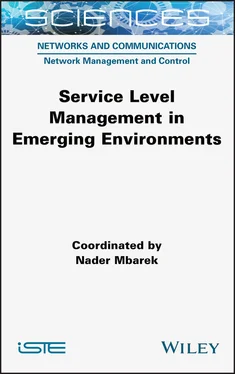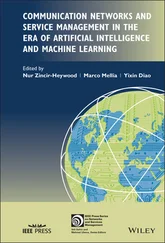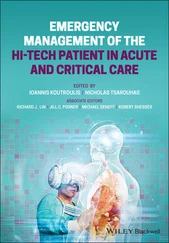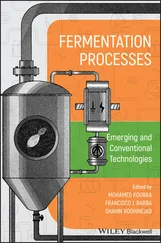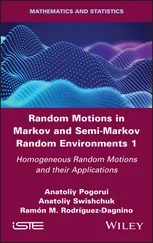Standardization bodies and research projects have introduced various architectures for the IoT. In the following sections, we describe two examples of proposed architectures for the IoT.
1.3.1.1. The ITU-T reference model
The ITU-T proposed a reference model for the IoT that is based on multiple layers (ITU-T 2012). This reference model (see Figure 1.1) defines four horizontal layers (application, support, network and devices) and two vertical layers (management and security). The application layer includes IoT applications and services. Next, the Service Support and Application Support Layer defines the capacities for generic support that are common to all applications, such as data processing and storage. This also includes specific support capacities that respond to the needs of a particular application. The Network Layer offers two services. First there are network capacities, which ensure that connectivity, mobility management, authentication, authorization and accounting functions are all monitored. Second, there are transport capacities that control the routing of data coming from applications or information from the monitoring and management of the environment. The Device Layer defines the capacities of each connected object and device as well as the capacities of the communication gateways.
The vertical layers define the generic management capacities (management of objects, network, traffic and congestion) as well as the security capacities (authorization, authentication, integrity and privacy protection). Further, these vertical layers introduce specific capacities that are dependent on the type of IoT application being considered.
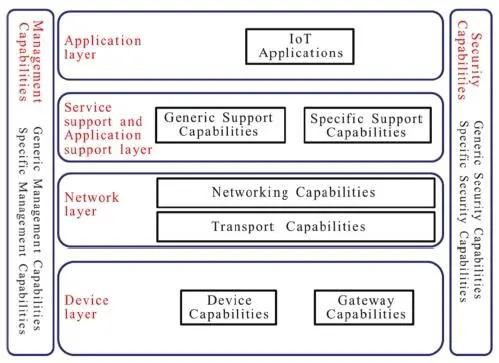
Figure 1.1. The ITU-T architecture of the Internet of Things (ITU-T 2012). For a color version of this figure, see www.iste.co.uk/mbarek/service.zip
1.3.1.2. The IIC architecture
The Industrial Internet Consortium is a consortium of several well-known industrial groups in the IT world, such as IBM, HUAWEI and Intel. Through the Industrial Internet Reference Architecture report, this consortium puts forth a system architecture that is applicable to the IoT. This three-tiered architecture is based on three vertical layers or three levels (see Figure 1.2) (Lin et al . 2015).
The Edge Tier corresponds to all the nodes that collect data from proximity networks. This layer makes it possible to implement all control functions. Then comes the Platform Tier, which receives, processes and transmits control commands to the Edge Tier. This layer also enables the processing, analysis and running of operations on data collected from objects, before transmitting them in the opposite direction, toward the Enterprise Tier. The Enterprise Tier takes decisions and carries out the role of an interface with the end-user. It thus includes applications that allow control commands to be generated and to be sent to the Platform Tier. The different layers in this architecture are interconnected via access networks and service networks.
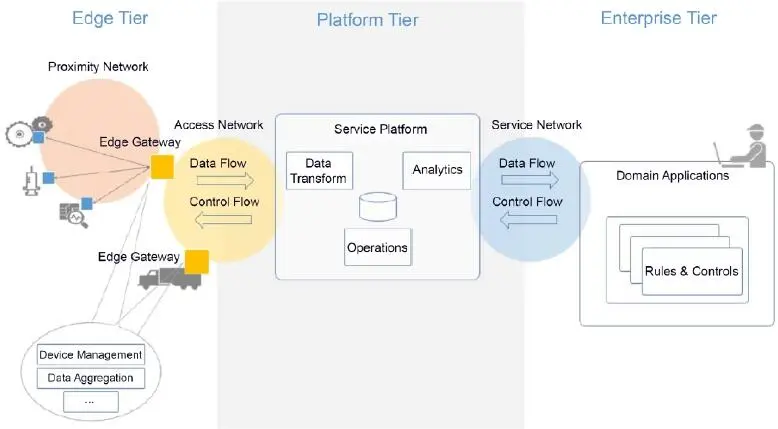
Figure 1.2. Architecture of the Internet of Things (Lin et al. 2015). For a color version of this figure, see www.iste.co.uk/mbarek/service.zip
1.3.2. Application fields of the IoT
The IoT improves the quality of life in different areas of daily life. Examples include the field of health, smart cities, vehicular networks and so on. The ISO/IEC focuses on the standardization of the underlying technology used in different fields of application of the IoT. Working Group 9 under Technical Committee 1 (JTC 1/WG9) of ISO/IEC studies the normalization of Big Data technologies in IoT domains (International Electrotechnical Commission 2017). Further, various providers offer solutions for IoT service offerings and implementation in different fields of application. For example, the Kaa 1 project offers a range of features allowing us to create advanced applications for smart devices, to flexibly manage ecosystems and their peripherals, to orchestrate end-to-end data processing, etc.
An aging population requires monitoring of old people through a decentralized healthcare system based on a set of connected sensors. Each patient possesses a surveillance system that allows them to be monitored and surveilled without the need of visiting the medical center. The medical data collected in this way improve healthcare by customizing treatments and creating an easier everyday life for patients. Thus, automated systems can perform a major part of a doctor’s work (tests, diagnosis, prescriptions, behavior modification) by collecting and analyzing patient data both passively and actively. As a result, a comprehensive and rich database becomes available and can alert doctors to any need that arises, while also providing them with a general overview of the patient’s health up to that point. This application field of the IoT has attracted the attention of several international organizations that have attempted to standardize the technologies used in order to effectively respond to the requirements of this field (International Electrotechnical Commission 2017). International organizations aim to promote the use of e-health technologies around the world. The World Health Organization (WHO) and the Program for Appropriate Technology in Health (PATH) have entered into a partnership to accelerate the development of digital health around the world (World Health Organization 2018). This field of application has attracted a large number of industrial organizations that try to offer different products that would be useful for e-health. Indeed, Ericsson and its partners offer portable prototypes for the field of e-health with long battery lives (Ericsson 2018).
In the context of smart buildings, the IoT offers management systems that can automate control functions through intelligent devices while providing real-time data analysis. Because of the data collected from the IoT objects, it is possible to anticipate needs and preferences in terms of lighting, heating or ventilation. Similarly, this information may relate to security systems, electricity meters or the removal of waste and sewage. Reactivity with respect to these data that are collected through IoT objects allow buildings to adapt to changes and to implement the required modifications in real time, for increased efficiency, and to reduce operational costs. Putting in place smart buildings makes it possible to create smart cities by integrating other IoT devices into different services offered by the city such as transport, water and air quality. Various standardization organizations have focused on this field through working groups that study the standardization of the technologies used. For example, ISO and IEC, through the technical subcommittee JTC1/SC25, have established norms for microprocessor systems and interconnection supports associated with equipment for commercial and residential environments (International Electrotechnical Commission 2018). Further, the IEC white paper (2017a) describes smart buildings and smart cities as being fields of application of the IoT. This paper specifies how to orchestrate the infrastructure required for smart and sustainable cities. Even as these groups establish norms, Nokia (2018) has launched several services and technologies on the market to manage video surveillance, the sensor networks for the IoT, parking and the environment within a smart city. In this context, infrastructure has been proposed with applications that make it possible to transform any contemporary city into a smart city.
Читать дальше
